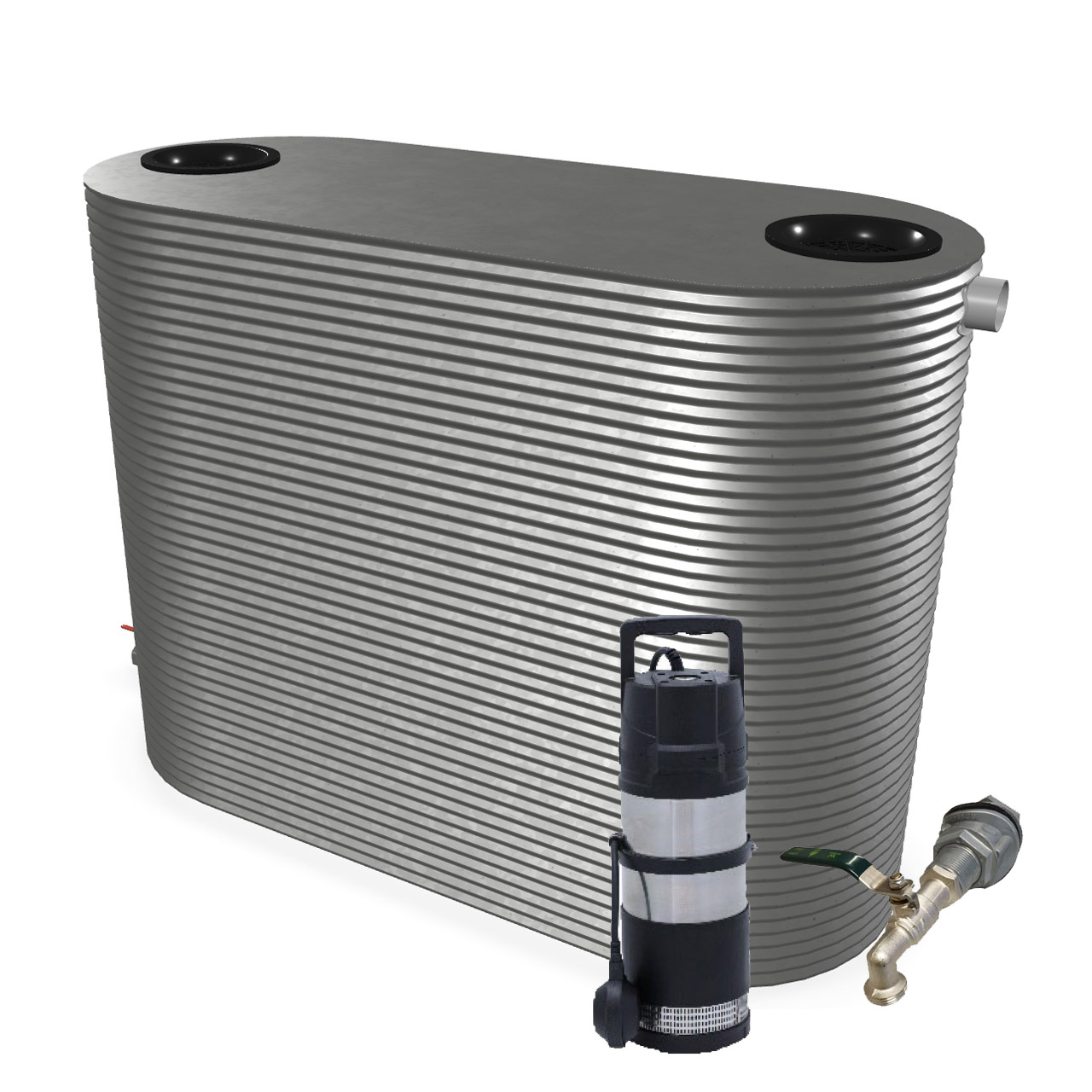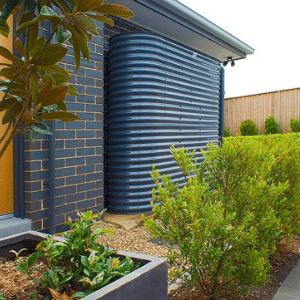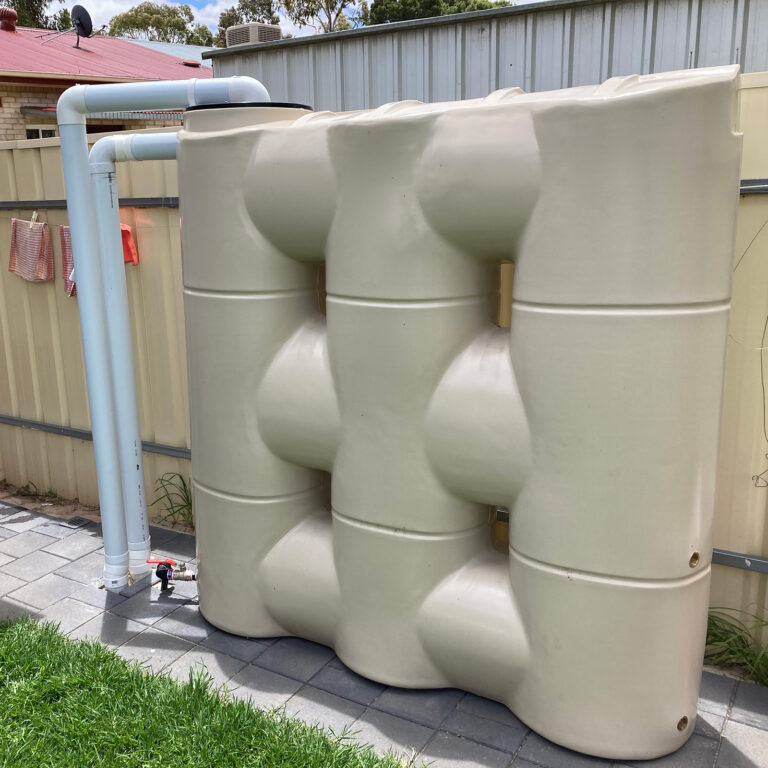Reliable Slimline Water Tanks: Optimize Your Water Storage Capacity
Reliable Slimline Water Tanks: Optimize Your Water Storage Capacity
Blog Article
Unveiling the Perks of Rain Containers in Minimizing Water Bills and Ecological Impact
In a world where sustainability and cost-efficiency are significantly essential, the application of rain containers presents a sensible and environmentally mindful remedy. The benefits of integrating rainwater storage tanks into domestic or industrial residential properties expand past mere water costs decreases. By exploring the multifaceted advantages of such systems, one can discover a riches of insights right into how they contribute to a more sustainable future while favorably impacting both financial resources and the atmosphere.
Expense Cost Savings Through Rain Storage Tanks
When considering the implementation of rain tanks, significant price savings can be achieved through effective water administration practices. Rain gathering supplies a sustainable solution that not only decreases water bills yet additionally decreases the stress on local water sources. By capturing and storing rain for different non-potable uses such as irrigation, commode flushing, and washing, households and organizations can significantly decrease their dependence on cured water from the grid, bring about considerable price savings in time.
By making use of collected rain for tasks that do not need drinkable water, such as sprinkling gardens or cleaning cars, people can decrease their overall water consumption from the mains supply, resulting in reduced water bills. Furthermore, rain storage tanks can assist alleviate the impact of water constraints or droughts by giving an alternate water resource for vital jobs, making sure continuity in water supply without sustaining extreme expenses.

Ecological Impact Reduction
Applying rainwater storage tanks not only results in price savings but likewise adds considerably to decreasing the ecological impact related to water usage. By recording rainwater that would or else escape into tornado drains pipes, rainwater storage tanks help relieve pressure on standard water resources like rivers and tanks. This reduced demand for municipally dealt with water brings about power savings and a reduction in the carbon footprint related to water treatment and distribution procedures.
Additionally, making use of rainwater for tasks such as horticulture, watering, and washing reduces the demand for utilizing treated water for non-potable objectives. This conservation of drinkable water aids in maintaining water sources for crucial usages and lowers the energy-intensive procedures included in dealing with water to satisfy alcohol consumption standards.

Water Bill Decrease Perks
The installment of rain storage tanks uses significant monetary advantages via reductions in water costs. By collecting and keeping rainwater for different house uses, such as watering gardens, flushing toilets, or doing laundry, property owners can dramatically lower their reliance on the metropolitan water system. This, subsequently, causes an obvious decrease in water intake from standard resources, causing lower water expenses at the end of each invoicing cycle.
Rainwater is a cost-free and sustainable resource that can supplement or even replace the need for making use of cured water for non-potable functions. Therefore, homes with rainwater tanks can see a significant decrease in their total water costs over time. Furthermore, throughout durations of water limitations or dry spell, having a rainwater container can provide an important different water resource, further minimizing the reliance on expensive municipal water supplies.
Basically, investing in a rainwater tank not only contributes to ecological conservation but additionally provides concrete economic advantages by reducing water costs you can try this out and advertising lasting price savings for home owners.
Sustainable Water Management Solutions
Given the financial advantages and minimized dependence on local water materials that rainwater containers offer, exploring sustainable water monitoring remedies becomes a rational following step for homeowners wanting to optimize their water usage. Sustainable water monitoring includes carrying out techniques that effectively and sensibly utilize water resources while lessening wastefulness and ecological impact. Rain harvesting, which entails accumulating and storing rain for later use, is a crucial component of sustainable try this out water monitoring. By utilizing rain tanks to catch and save rain, home owners can minimize their dependancy on traditional water resources, such as metropolitan materials or groundwater, thus adding to water preservation initiatives.

Along with rainwater harvesting, sustainable water monitoring options may include implementing water-efficient appliances, components, and landscape design techniques - Slimline water tanks. Mounting low-flow commodes, showerheads, and taps can dramatically minimize water intake within families. Incorporating drought-resistant plants and making use of wise watering systems can assist minimize water usage for outdoor landscape design. By taking on these sustainable water management approaches, property owners can not just optimize their water usage yet also add to ecological conservation and reduce their water bills over time.
Area Water Source Preservation

Additionally, area involvement can encompass the execution of water-saving technologies and techniques on a bigger range. Encouraging the fostering of rain storage tanks, greywater recycling systems, and efficient irrigation approaches within areas can lead to considerable decreases in water consumption. In addition, cultivating a sense of cumulative responsibility for water conservation can promote lasting behaviors and practices amongst neighborhood participants.
Additionally, neighborhood water source preservation official site efforts can lead the way for more powerful bonds among homeowners and a shared commitment to ecological stewardship. By interacting to protect and preserve water sources, communities can contribute substantially to a more sustainable and resilient future.
Conclusion
To conclude, rain containers supply substantial price financial savings, environmental benefits, and add to lasting water administration options. By reducing water expenses, preserving water sources, and lessening ecological impact, rainwater containers play a critical function in advertising water conservation and sustainability - Slimline water tanks. Their application not just benefits private families however additionally adds to the wider goal of neighborhood water source management and conservation
Report this page